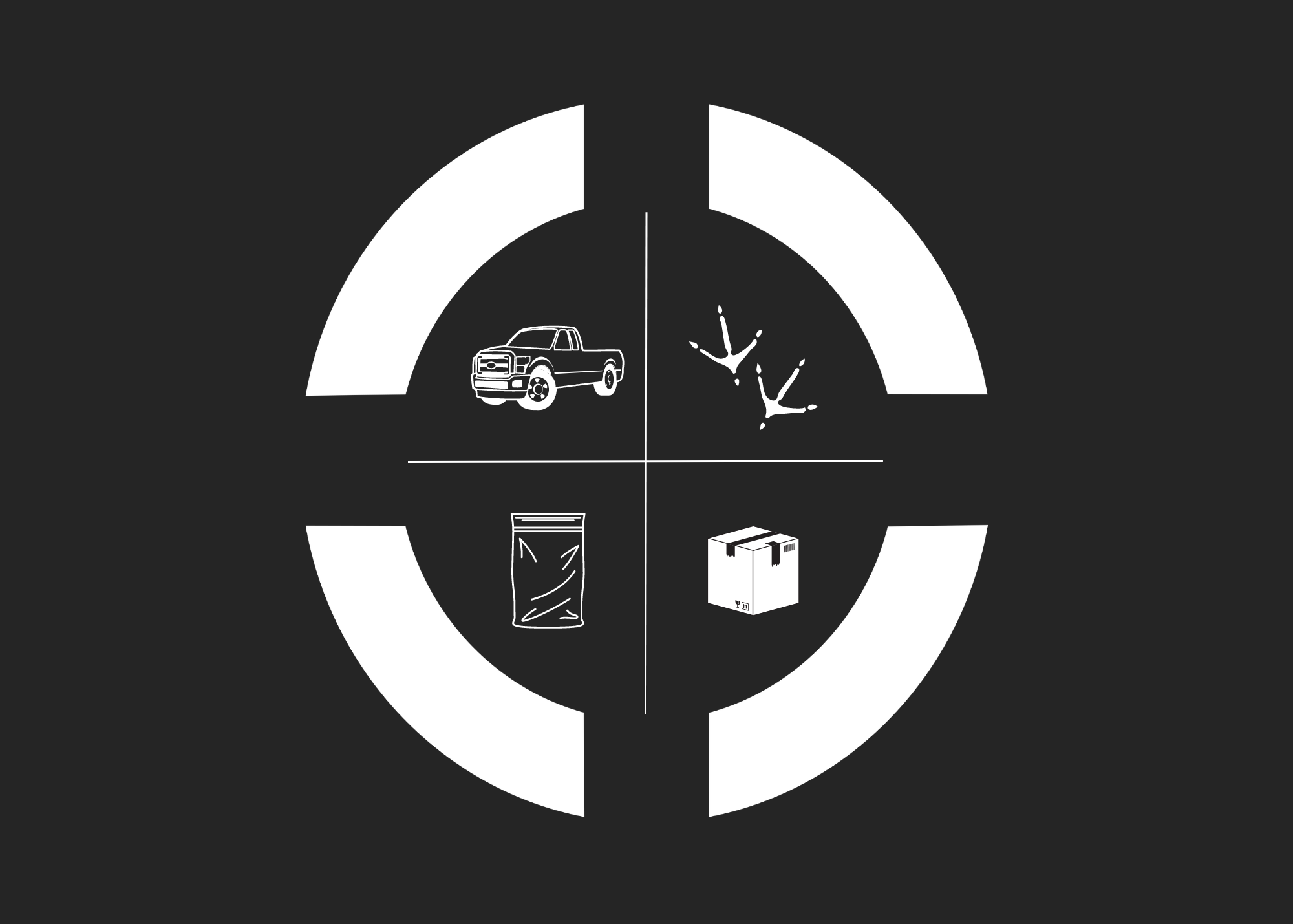In the poultry industry, margins are razor-thin, and every penny spent needs to pull its weight. For too long, poultry companies have leaned on diagnostics and contract labs as a crutch, ticking compliance boxes and relying on gut instinct to make important decisions. But outdated tools and guesswork does not make for a reliable strategy, and more tests aren’t the answer.

Publication
Keeping Fowl Play at Bay: SOC 2 Security Compliance Strategies to Protect Intellectual Property
For many companies, data security is top of mind with the rise of cybercrime – both reported and unreported – and there are many ways to protect your company and the places where your data lives.
As organizations transform their digital operations, they expose themselves to an expanded surface area for attack. Storing sensitive data and intellectual property, using a CRM to access customer information, employees holding multiple devices – each of these represents an access point and potential security vulnerability.
Having the right security measures in place – and a plan for when something goes wrong – protects your business, its reputation, and in many cases, your customers. The emergence of artificial intelligence (AI) brings more sophisticated hacking, phishing attempts, and impersonation scams, so it’s important to be prepared.
Let’s dive into data security measures and how they protect what is perhaps your company’s most important asset: your intellectual property.
What is SOC 2 and Why Does it Matter?
When it comes to data security, SOC 2 compliance is an excellent starting point. It sets a bar for minimum security levels, helps companies remain in compliance, and if audited, shows where any shortcomings might be and where companies are excelling when it comes to data.
Real-time risk monitoring and holistic compliance is essential and allows companies to secure a growing operational footprint. SOC 2 compliance provides continuous improvement and can uncover weaknesses and areas for improvement, helping companies meet the minimum requirements and continuously enhance their data security practices.
In the simplest terms, SOC 2 security applies to a company’s website and integrates with the apps and devices its employees use – including phones, laptops, email, Slack, Zoom, and more – to protect important data and provide protection against security breaches.
At Ancera, we treat it as the minimum security compliance for ourselves and we utilize additional tools to monitor our compliance, including Vanta, which alerts us in real time to all access points and assigns priority levels to any potential vulnerabilities so our team can resolve them quickly when they arise.
Intellectual Property and Data Security
For a company like Ancera, which prides itself on providing innovative data analytics and solutions for the poultry industry, maintaining a healthy relationship with our customers – built on trust – is paramount. Protecting the intellectual data of our customers is at the top of our security priorities.
Poultry companies are critical infrastructure for the U.S. food supply chain and can serve as prized targets for cyberattacks. Ancera understands that its customers depend on data including the genetic composition of flocks, sensitive customer information, pathogen and foodborne illness risk data, and more that could be seriously compromising if breached. The level of security required to protect these vital details exceeds the minimum threshold of SOC 2 compliance in trustworthy vendor relationships.
With much of today’s data stored in the cloud and within apps to ensure accessibility and ease of use, there are also many security vulnerabilities. With each new access point comes a new risk. That’s why it’s important to use best practices to ensure corporations are protected from data breaches and maintain a watchful eye on operations through continuous monitoring. These practices help to contain breaches as quickly as possible and minimize damage.
NIST CSF: Identify, Protect, Detect, Respond, Recover
Let’s face it – with the large majority of successful cyberattacks coming from phishing as well as human error, a breach is practically inevitable. Having the correct procedures in place when you face security risks will give you protection, keeping in mind the NIST Cybersecurity Framework. Preventative training, containment strategies, automated monitoring, and audits are critical for preventing a larger issue.

At the end of the day, we are all trying to protect ourselves from thieves, snoops, and fools. Thieves are malicious threat actors trying to access unauthorized data. Snoops are normal users with unfettered access to data that should be restricted with least privileged access. Fools are business users who are trying to be productive but compromise security unknowingly.
There are easy steps all businesses should take to keep their data secure. New employees should be required to learn about cybersecurity and incorporate training as part of their onboarding, and companies should also retrain existing employees at least once a year. IT teams should ensure that security measures are turned on for all employee devices, including Multi-Factor Authentication, a requirement for SOC 2 compliance.
Additionally, data security procedures must be in place for off-boarding employees, especially if it is a sudden departure. Problems can arise if those individuals still have access to apps, email, or intellectual property in the cloud. Cloud encryption, including BYOK (Bring Your Own Key) versus one that is provided, goes another step further to keep your data secure.
Ancera conducts twice-monthly phishing tests with our team to help everyone identify suspicious emails. These can be so convincing that even the IT team has been fooled, which demonstrates the level of sophistication we’re now seeing in real scams. These tests include impersonation attempts of our CEO who, for the record, will never send an employee an urgent email from his personal email address or via a text message. Most people fear a ransomware takeover, but in fact, 80% of security breaches occur from phishing.
If a data breach occurs and your IT team already has monitoring in place, and a well-tested IRP (Incident Response Plan), they will be alerted to the vulnerability and can quickly and effectively assess the seriousness of the occurrence. They’ll see if a device needs to be wiped, if logins need to be revoked or reset, or if a more widespread response is required to contain the blast radius. With constant monitoring and preventive measures in place, the likelihood of a more serious issue – especially one involving intellectual property – is lower and creates a smoother recovery for your company.
On top of Ancera’s internal Security Operations Center, we also work closely with our third-party vendors to ensure they are deploying SOC 2-compliant security to protect our customers further. Every six months, we conduct a vendor assessment, which helps to keep us aware of any critical issues.
Stay Vigilant, Stay Safe
Scams and hacking techniques are getting more sophisticated with the advent of AI, so having your employees trained and ready to take the appropriate measures if a breach does occur will keep your customers feeling protected and put the team at ease. If your company is vigilant and aware of the latest security measures and tools, you will be less likely to have a major security breach. Conduct internal audits, find potential weaknesses, and stay alert to keep your data safe.
If you are a food company looking to learn more about the best-in-class security protocols, get in touch with an Ancera security expert today.










.png)






























